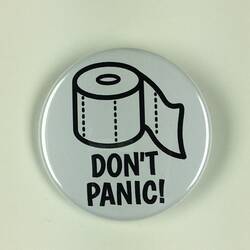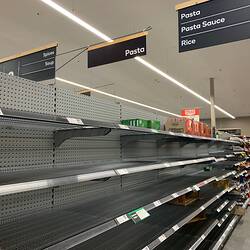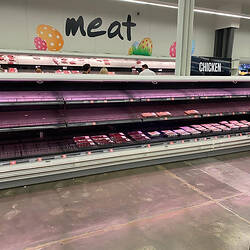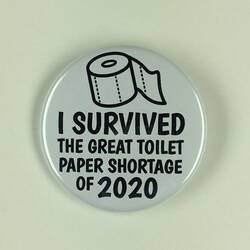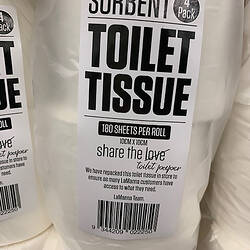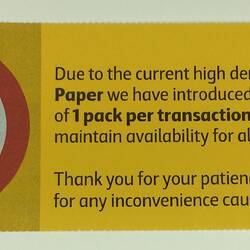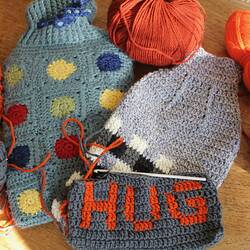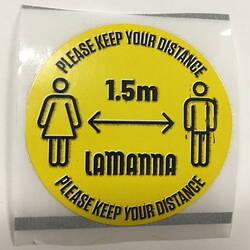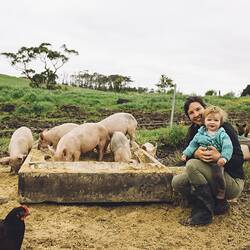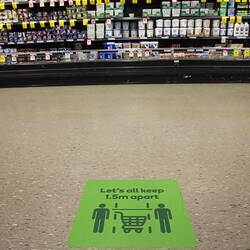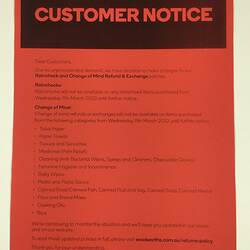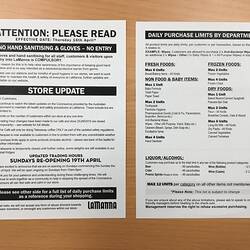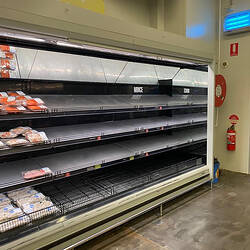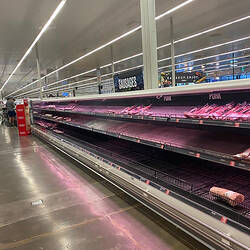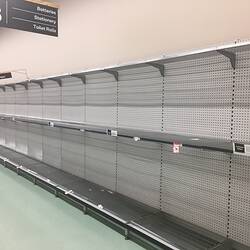One of the earliest and most potent symbols of Victorians' response to the COVID-19 Pandemic was seeing supermarket shelves stripped bare. From toilet paper and hand sanitiser to pasta and flour, products began flying off shelves faster than they could be restocked.
Panic buying is a psychological response to coping with the fear and uncertainty created by a pandemic. The effects are exacerbated by a fear of missing out and a herd mentality. Often panic buying makes no sense - did households need 300 rolls of toilet paper for a possible two to four-week lockdown? As it snowballs, stockpiling causes shortages that result in hardship for others.
It wasn't only supermarkets impacted by panic buying. Shortages in an array of other products quickly followed the great toilet paper crisis. Gym and office equipment flew out the door, along with vegetable seeds and DIY products.
In response, many businesses have worked to quickly provide alternative supply chains. Farmers delivering produce directly; McDonald's offering drive-through eggs and milk; and Bunnings selling gym equipment. Consumers also quickly adapted, sourcing hard to find items direct from wholesalers, sharing produce with family, and swapping with neighbours.
More Information
-
Keywords
-
Authors
-
Article types

